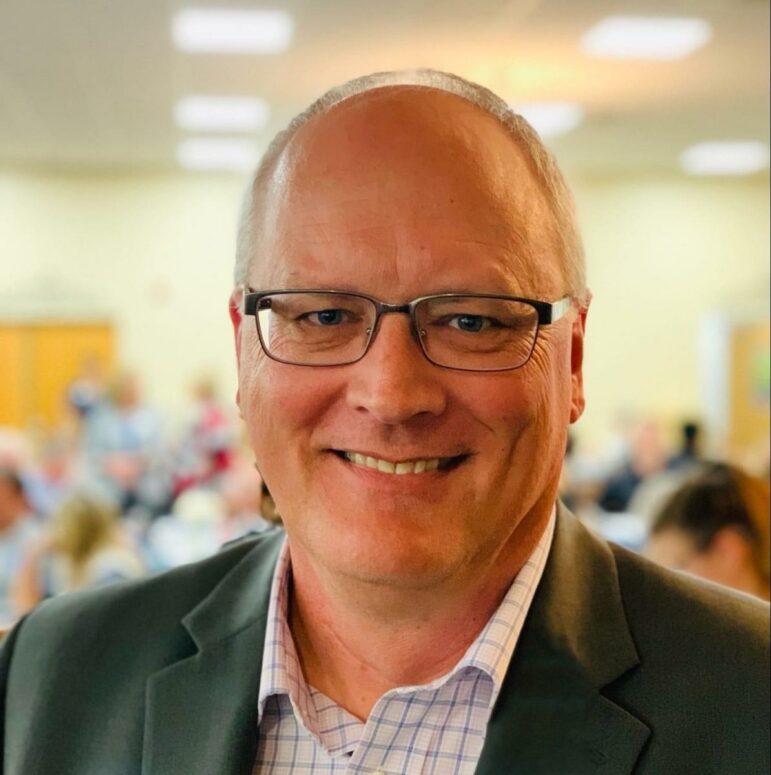
Michigan Association for Public Health
Norm Hess is executive director of the Michigan Association for Public Health.By ANISH TOPIWALA
Capital News Service
LANSING – Rural Michigan residents who suffer from a chronic illness that requires specialized treatment may have to drive hours to receive care.
That barrier to access to health care is one reason rural county death rates tend to be higher than their urban counterparts, according to Robert Howe, the medical director of the Western Upper Peninsula Health Department.
“Oftentimes, just to have a regular physician’s visit is several hours of driving,” Howe said.
People may lack access to a vehicle, and those who are too old to drive also have trouble getting care, Howe said.
One regional solution Howe has worked on is expanded use of telemedicine, holding medical consultations through the internet.
An obstacle to telehealth, however, is lack of access to the internet.
Howe said there are counties where only 60% of residents have access to high-speed internet.
Age is also a significant factor in why rates are often higher in rural areas, said Norm Hess, the executive director of the Michigan Association for Local Public Health.
“Most rural counties have a higher average age,” Hess said.
Hess said many younger people attend colleges in urban areas and generally find city life more appealing than in rural areas.
The problem isn’t limited to Michigan.
A report from the U.S. Department of Agriculture in March said that death rates from natural causes for the overall population mushroomed from 6% higher in rural areas in 1999 to 20% higher in 2019.
And the rural-urban gap is widening, the report said.
Howe said older people are more likely to suffer from chronic illnesses, like heart and lung disease.
There are other challenges, too, with fewer doctors and facilities in rural communities.
In Ontonagon County, the local hospital is eliminating its emergency room and limiting services, Howe said, costing residents access to critical care.
“That’s a large county where they’ll have to travel quite a distance to get to other health care facilities,” he said
A lack of primary care providers also contributes to higher death rates, he said.
“Everyone’s in the same situation where we have a shortage of primary care physicians and providers,” he said.
The number of people without health insurance has decreased in the Western UP, but the proportion of residents who undergo yearly physicals has not changed, he said.
“People have the insurance, but we don’t have enough people to provide the care,” he said.
Howe said searches for primary care providers are underway, although attracting providers to rural communities can be difficult
“Recruitment and retention has become key,” he said. “You have to convince people who haven’t lived in a rural setting before.”.
Another recruitment approach is to create a pipeline that starts in high school and begins to train students to be nurses, physical therapists and physicians, Howe said.
That process takes time, however. “It’s a pipeline, so it takes a decade or so to get people through iit,” he said.